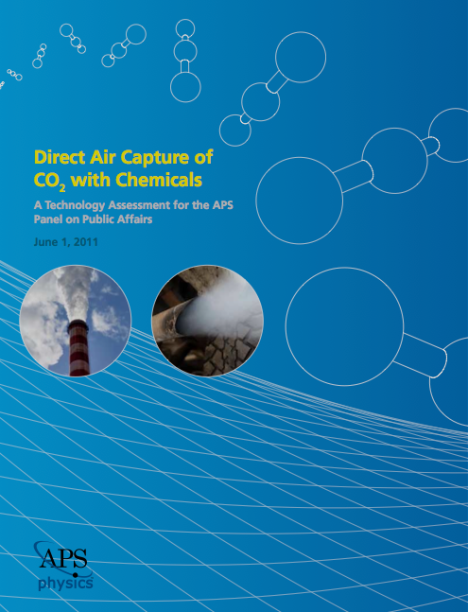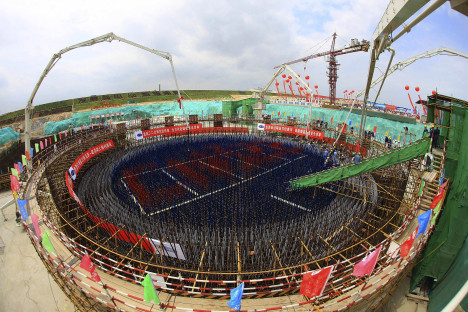 Guest post by John Morgan. John runs R&D programmes at a Sydney startup company. He has a PhD in physical chemistry, and research experience in chemical engineering in the US and at CSIRO. He is a regular commenter on BNC.
Guest post by John Morgan. John runs R&D programmes at a Sydney startup company. He has a PhD in physical chemistry, and research experience in chemical engineering in the US and at CSIRO. He is a regular commenter on BNC.
You can follow John on Twitter @JohnDPMorgan
———————————-
Introduction
Liquid hydrocarbons account for about one third of fossil carbon dioxide emissions, and while transition to electric vehicles is possible for some passenger transport, it is simply not feasible to substitute for liquid fuel in most long haul transport, aviation, or agricultural and industrial prime movers. Synthesizing fuel from carbon dioxide extracted from air is possible in principle but horrendously expensive. Yet, if we are to achieve CO2 levels of 350 ppm from our current 392 ppm, CO2 removal from the biosphere appears necessary.
Two papers published last year described a new approach to zero emissions synfuel, looking at direct carbon dioxide extraction from seawater. The new insight in these papers is that CO2 is very soluble in seawater, where the concentration is about 140 times higher than in the atmosphere. This could make seawater extraction a lot cheaper than direct air capture.
The work was done by the US Navy (full text here), and by the Palo Alto Research Center (PARC),who each developed membrane processes to extract CO2 from seawater. The Navy’s interest is military – shipboard production of synthetic jet fuel far from supply lines – but I figure we can beat this sword into a ploughshare.
Rather than going after the CO2 directly with chemical scrubbers, they use electrochemical processes to split seawater into an acid and base stream, and the CO2 bubbles off from the acidified water. The two streams are recombined and returned to the ocean. While these processes are novel, they are very similar to a number of ion exchange processes, including desalination, which are currently deployed at scale.
The Navy costed the production of jet fuel at sea. But they neglected to include the cost of energy for the carbon capture process. I used the PARC research to estimate it and include it in the Navy costings. I arrived at $1.78 per litre. I was also able to calculate the cost of just the carbon capture part of the process at about $114 per tonne of CO2.
But if we don’t insist on running these processes on an expensive ocean-going platform, the cost drops to $0.79 per litre for synfuel and $37 /tCO2. The costs are rough and there are a number of caveats, but this is surprisingly low. To put it in context, the American Physical Society recently reviewed carbon capture from air, and “optimistically” costed it at about $600/tonne.
The Navy costings are based on commercially available equipment whose capital and operating costs are understood for all processes except the membrane CO2 extraction. Analogous processes like desalination are available for a cost baseline for membrane extraction. The costing assumed power from Navy nuclear reactors. (They also costed OTEC power – Ocean Thermal Energy Conversion – but this is not a commercially available technology.)
I describe the CO2 capture and fuel synthesis processes below, and show how the costings were derived. I also consider how the costs would change for civilian nuclear electricity (Table 1). In brief, accepting the Navy’s assumptions leads to plausible prices for synfuel and carbon capture, but the amount of new power generation required makes very large volume production unlikely.
A spreadsheet with my cost calculations can be downloaded here: Synfuel cost model.
CCS – Carbon capture from seawater
Concepts for carbon capture from air have been developed, but never realized. The basic idea is to pass air over alkaline scrubbers, such as amine or carbonate solutions, extract the CO2, and recycle the scrubber solution. Because the concentration of CO2 in air is so low, a very large surface area is required, and the process is energy intensive and overall very expensive.
The American Physical Society prepared a technology assessment on this approach in 2011. The results weren’t promising. A 1 Mt/yr CO2 extractor comprised five 1 m x 1 m x 1 kilometre long air contactors, occupying about 1.5 km2. The cost, so far as it could be determined for an undeveloped technology, and making optimistic assumptions, was about $600 per tonne. Another 2011 study estimated costs based on current experience with trace gas removal systems at about $1000 per tonne.
But CO2 is very soluble in water, and its concentration in the ocean is about 140 times higher than in air. So we are using the whole of the ocean surface as an air contactor right now – for better or worse! The extraction system is ‘built’, we just need to recover the CO2.
Filed under: Emissions, Nuclear, Renewables | 2 Comments »






.png)







